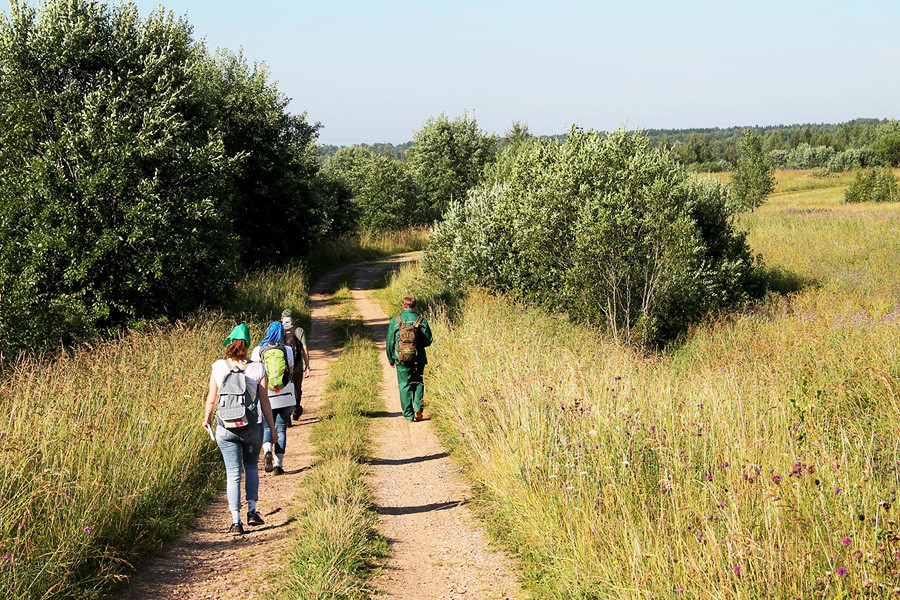Veliky Novgorod Region: Why you need to see the jewel in Russia’s ‘Silver Necklace’
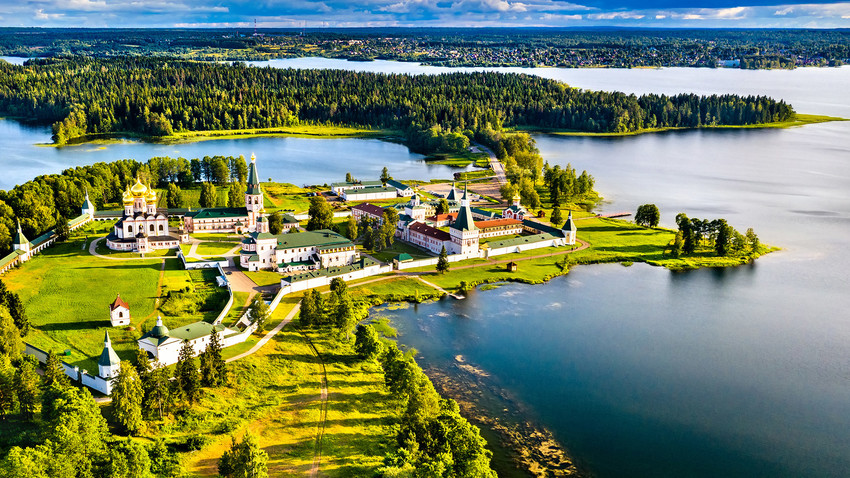
Valday Iversky Monastery
Legion MediaFor those of you making the trip to Veliky Novgorod Region, here is a list of unmissable activities and places of interest to really get you acquainted with the area and its history.
1. Learn the history of the Russian state in Veliky Novgorod
Of course, this city is unmissable; being the historical center of Russian statehood with the most ancient cathedral in the country, Sophia Cathedral, erected more than one thousand years ago, is a place of power for the whole of Russia. The city was the first-ever Russian settlement straddling both sides of a river (Volkhov), with the imposing Kremlin on one side, and medieval churches and buildings in the historic market district on the other.
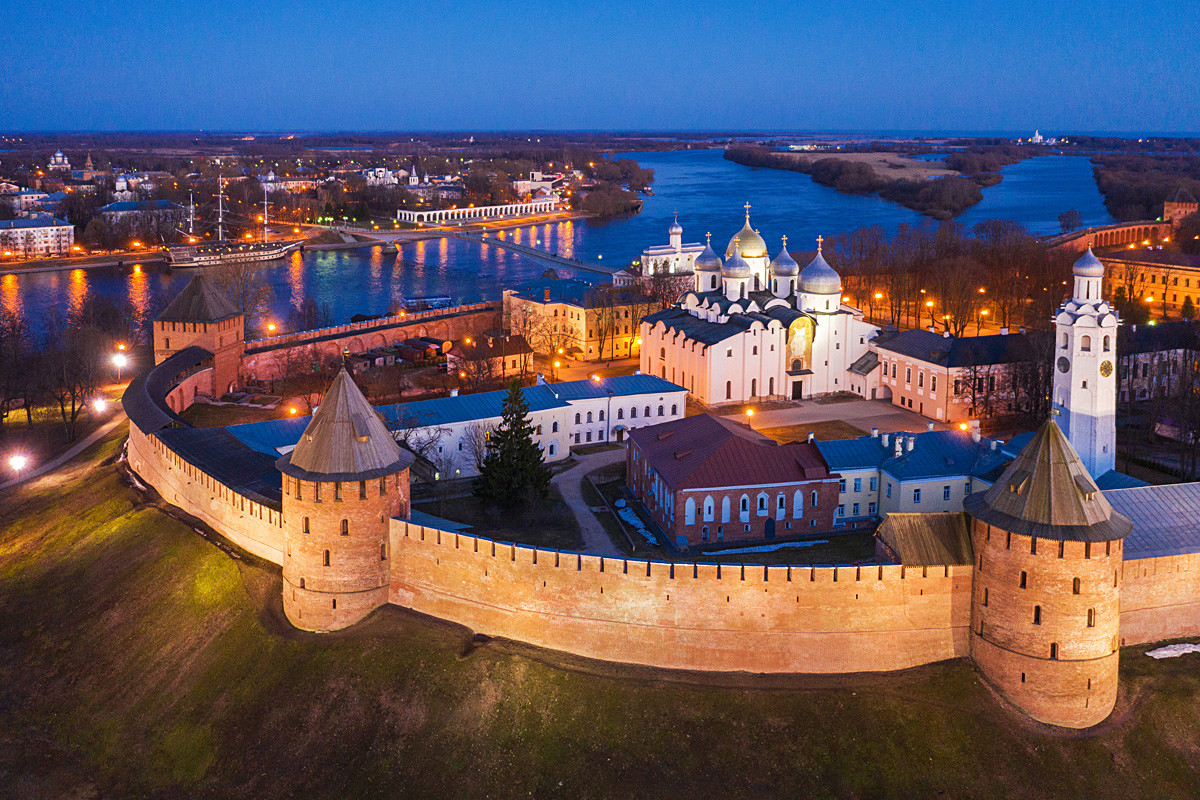
Veliky Novgorod Kremlin
Legion MediaYou can spice up the historical tour with various custom ones available, including the ancient cemetery at night or an alco-tour of the city (where you get to try local food and drink). For more information on the city excursions, you can go here.
2. Explore traditional folk craft at the workshop in Kresttsy settlement
Krestetsky stitching is a traditional Russian pattern - a folk craft that was born and developed in this area since the 1860-s. In Soviet times a small factory producing original unique linen products was built here. During Perestroika it was nearly closed due to the catastrophic economic crisis in the country. The risk for the Krestetsky stitch being completely forgotten was quite real. It is now a private factory and shop with guided tours.
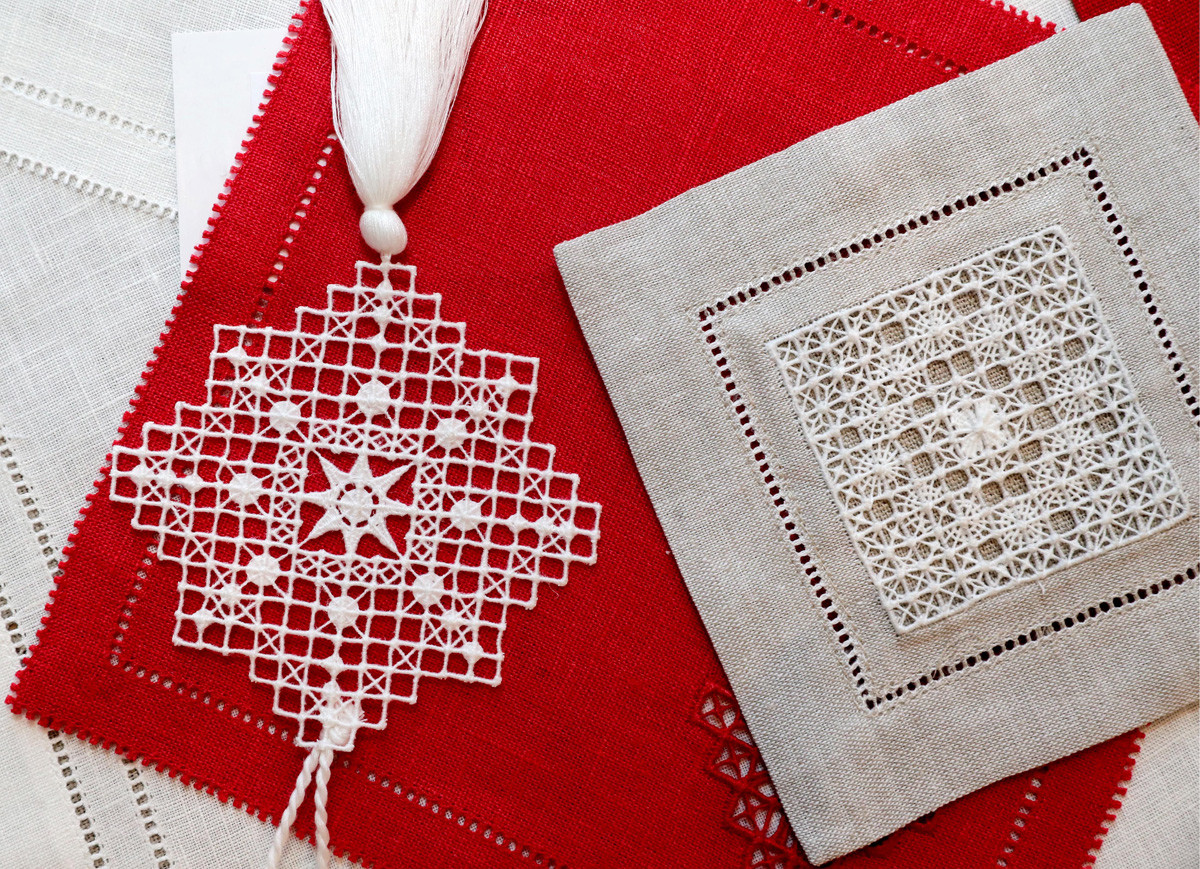
NOVGOROD REGION, RUSSIA - JANUARY 24, 2019: Linen products of the Kresttsy Stitch clothing factory reviving and implementing the Kresttsy stitchery, a traditional local embroidery technique dating from the 1860s, in the village of Kresttsy, Novgorod Region
Alexander Demianchuk/TASSThe pattern is very beautiful and difficult to master, so the possibility to observe the birth of a masterpiece is quite unique. Head over to the factory website for more details.
3. Meet the old believers in the village of Lyakova
Russia’s so-called ‘old believers’ did not accept the reformation of Orthodox Christianity in Russia in the 17th century, choosing instead to keep the old traditions in church services and rites, in defiance of the state’s persecution, lasting centuries. Old believers are divided into two groups, those who accept the church hierarchy and those who do not accept priests at all, pray in their own houses, and are governed by the community leaders. At this time there are about one million old believers scattered around the country with no official statistics to confirm that figure.
The old believers of Lyakova village will gladly welcome you in the old traditional peasant’s house, explaining how it was organized, and how life, in general, looked in the distant peasant past. This immersion is accompanied by a traditional dinner with borsch, salo (pork scratchings) and tea brewed in a traditional samovar. Book your ticket here.
4. Take the eco-trail at the Valdai national park
This national park is one of the largest specially protected natural areas in the European part of Russia. Russian president Vladimir Putin has one of his ‘datchas’ here. The territory of the park that covers an area of 159 thousand hectares includes several lakes (Borovno, Valdai, Velje, Seliger) as well as rare animals and plants.
Many nature lovers come here to hike, swim in the lakes and camp. This year the big eco-trail was opened. If you enjoy hiking, you can walk all 59 kilometers in five days, starting from the town of Valdai and covering around 12 kilometers a day. On the way, you will have all the facilities needed for camping and spending time in nature, from toilets to camping equipment and various amenities. Visit the park’s website for more info.
5. Visit the Valday Iversky Monastery
Located on an island 10 kilometers from the town of Valday, this monastery appears to be floating on the lake, when you look at it from a distance.
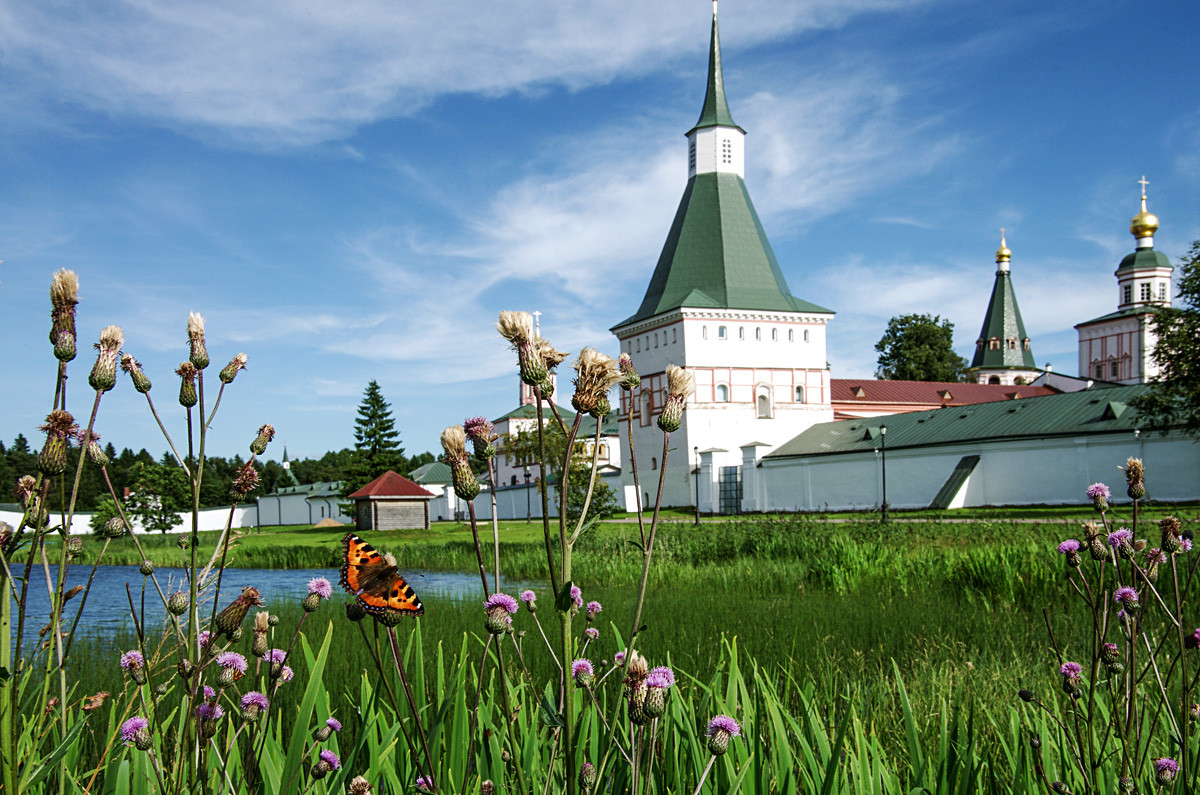
This is a male Orthodox monastery established in 1653. It was one of the three monasteries founded by the Patriarch Nikon (his reformation of the Orthodox Church in Russia and its unification with the Greek Orthodox church caused the split between ‘old’ and ‘new’ believers). The icon of the Mother of God – Iverskaya – is the treasure of the monastery and the reason for the active pilgrimage to this place.
6. Ring the bells at the Valday Museum of Bells
The region of Novgorod was the center of Russian statehood under the rule of the Rurikovich dynasty. After the collapse of Kievan Rus’, the region was an autonomous Russian state with a republican form of government, the symbol of which was a big Bell that every citizen could ring in order to gather the townspeople for a vote or resolve a community issue. So it is not by accident that the first-ever Museum of Bells in Russia was opened here.
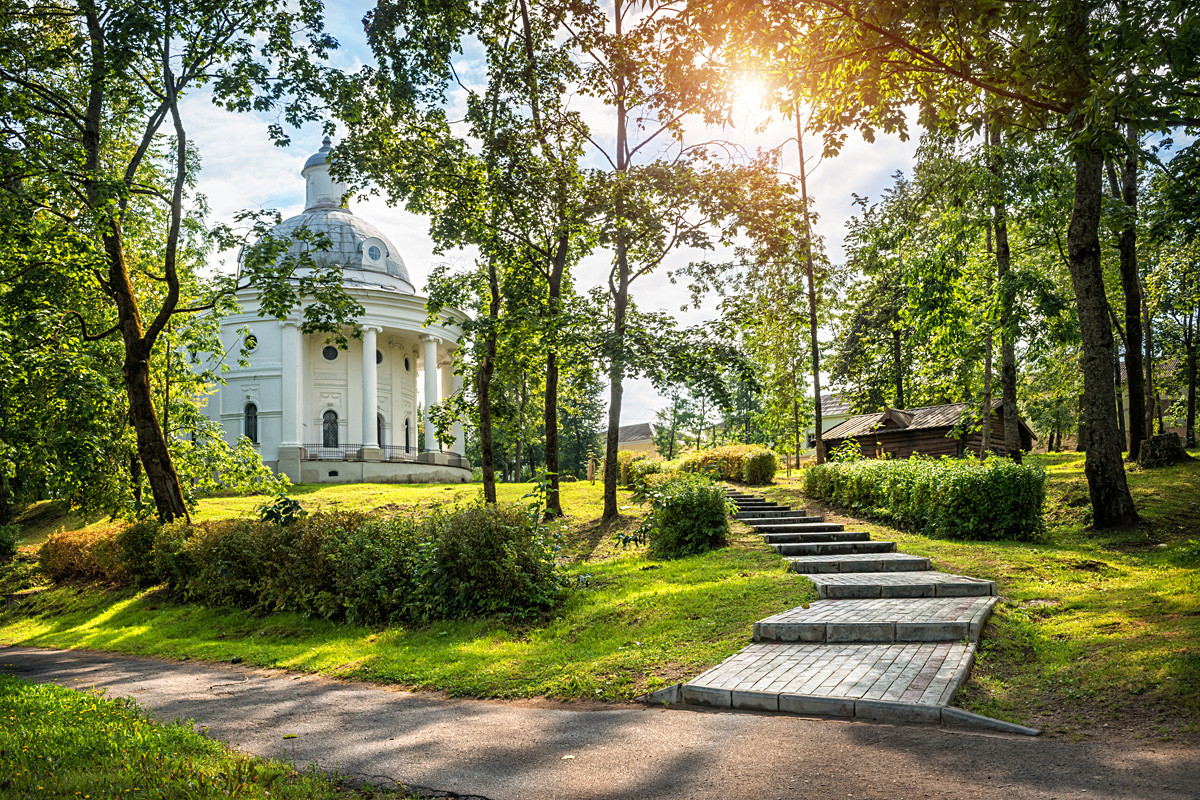
Valday Museum of Bells
Legion MediaIf you manage to get Nadezhda Yakovleva for a guide, you are guaranteed a one-person performance along with your historical facts, it’s fascinating and great fun as well.
7. Immerse yourself in 10th-century life at the settlement in Lyubytino village
This village of ancient Slavs has been restored in order to give tourists the impression of life centuries ago. Different types of Russian wooden cottages (izba) are represented here, as well as utility buildings and the ancient burial mounds, used by Slavs for burial rites.
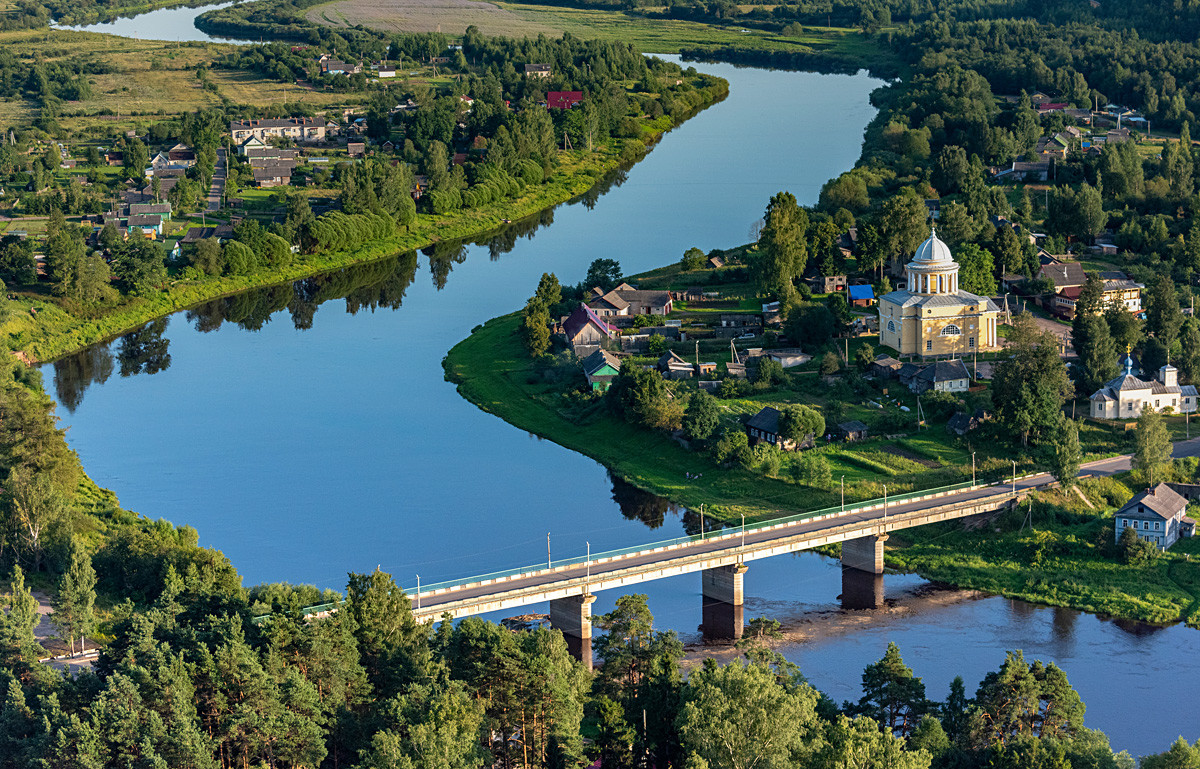
Lyubytino is an urban locality (a work settlement) and the administrative center of Lyubytinsky District of Novgorod Oblast, Russia, located on the Msta River. Municipally, it serves as the administrative center of Lyubytinskoye Urban Settlement
Serguei Fomine/Global Look PressFor those seeking total immersion, there is the possibility of getting dressed in the traditional clothing of the time and have a photo session.
8. Visit the museum of local lore in the town of Borovichi
This is one of the oldest museums in the region, established in 1918, and located in a 19th century stone house with a mezzanine. It is devoted to the history of the region from the Stone Age to the Revolution of 1917.
By the end of the 19th century, Borovichi became an industrial city that attained fame in Europe due to the first international agricultural handicraft and industrial exhibition held here, which was established under the auspices of the Prince of Oldenburg, who underlined the importance of this region between the two Russian capitals. France then presented half of the items at the exhibition.
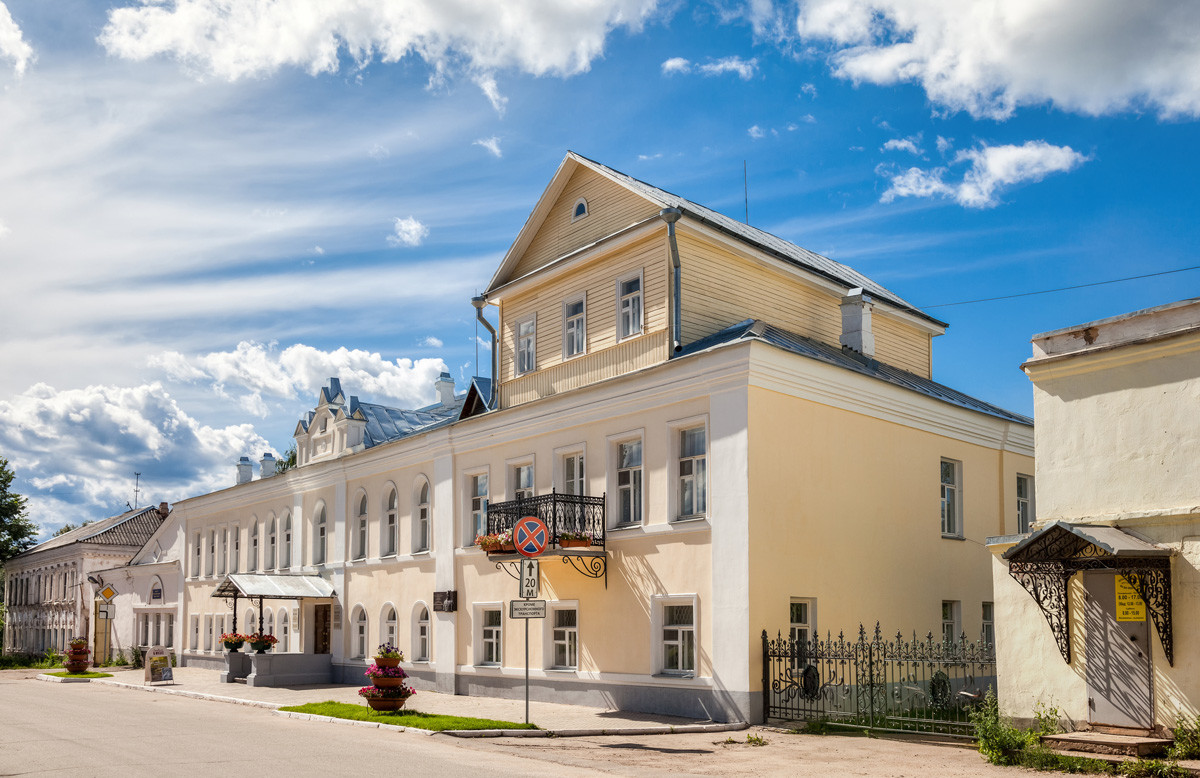
The region is also known for a unique material produced here: Franco-Russian pyro-granite plants of Prince Golitsyn were located in Borovichi, and the recipe for producing it remains secret to this day. This material got a large silver medal at the World Exhibition in Paris in 1889.
We highly recommend that you take a guide here, as there are many activities including role play and various fun games, as well as just beautiful stories told during it. Find out more here.
If you need some guidance in the area, feel free to address the Rus Novgorodskaya touristic center.
If using any of Russia Beyond's content, partly or in full, always provide an active hyperlink to the original material.
Subscribe
to our newsletter!
Get the week's best stories straight to your inbox

